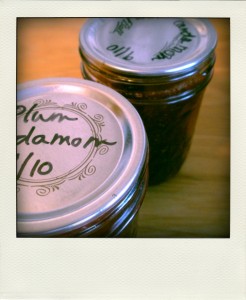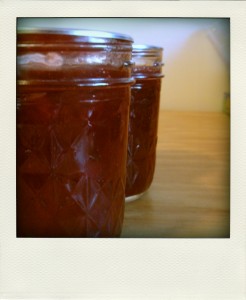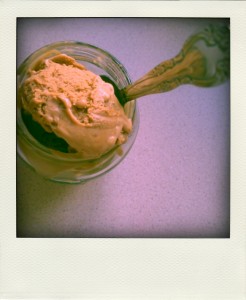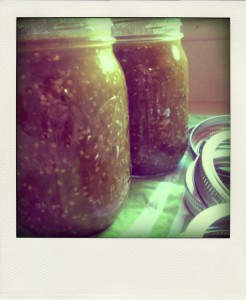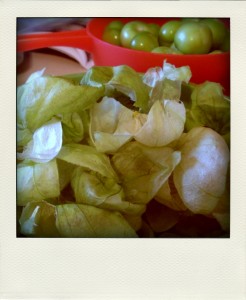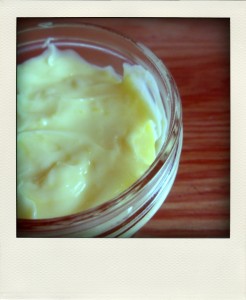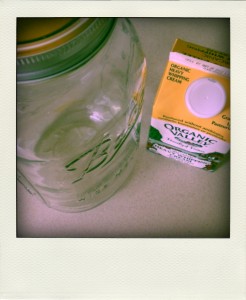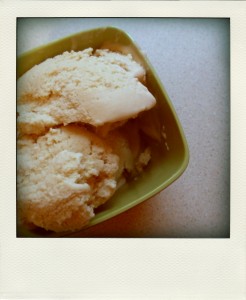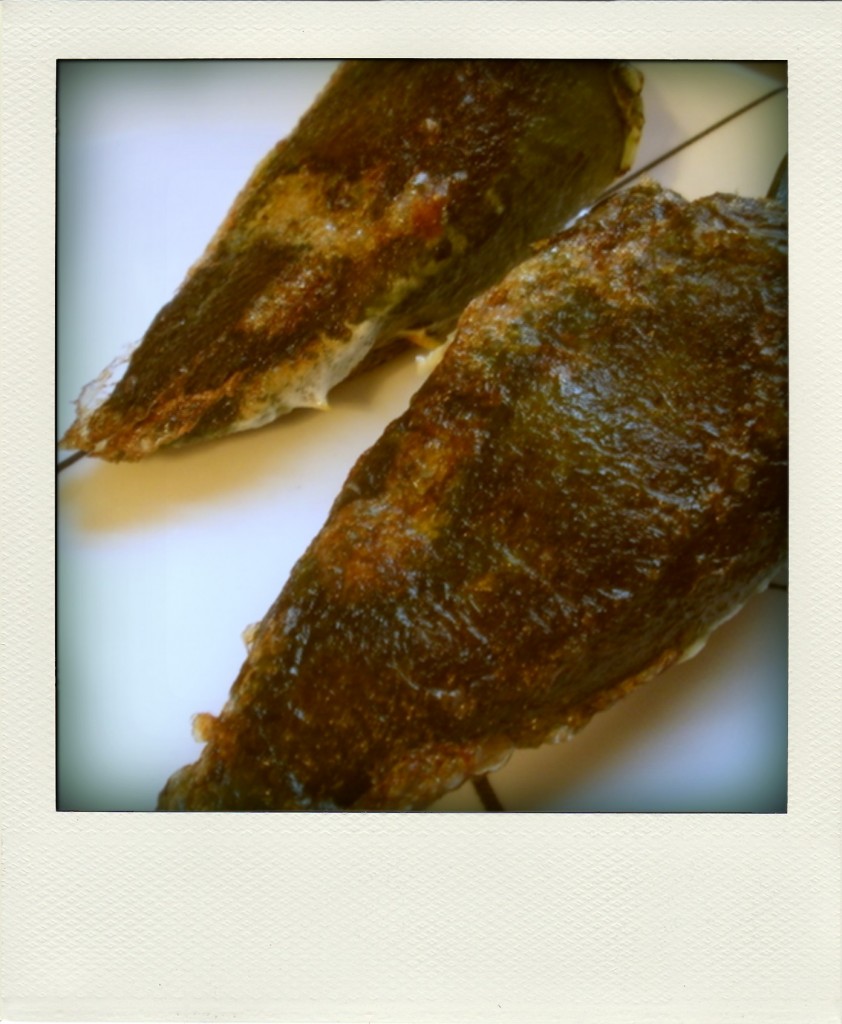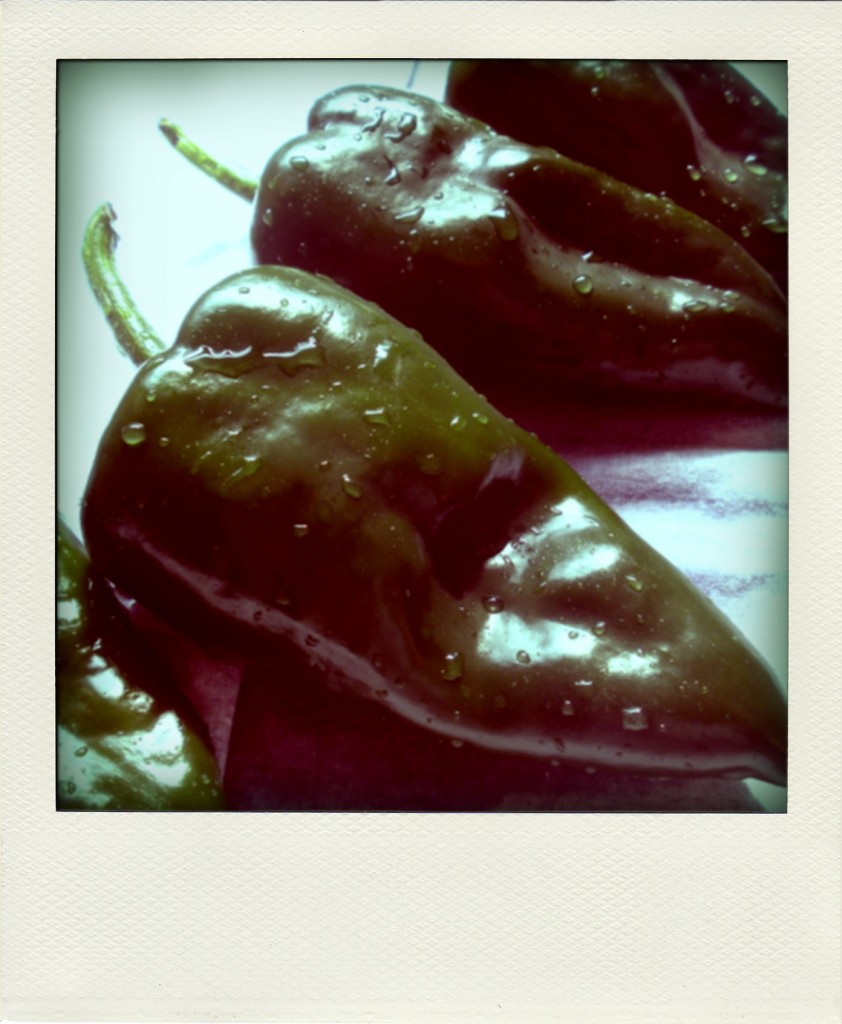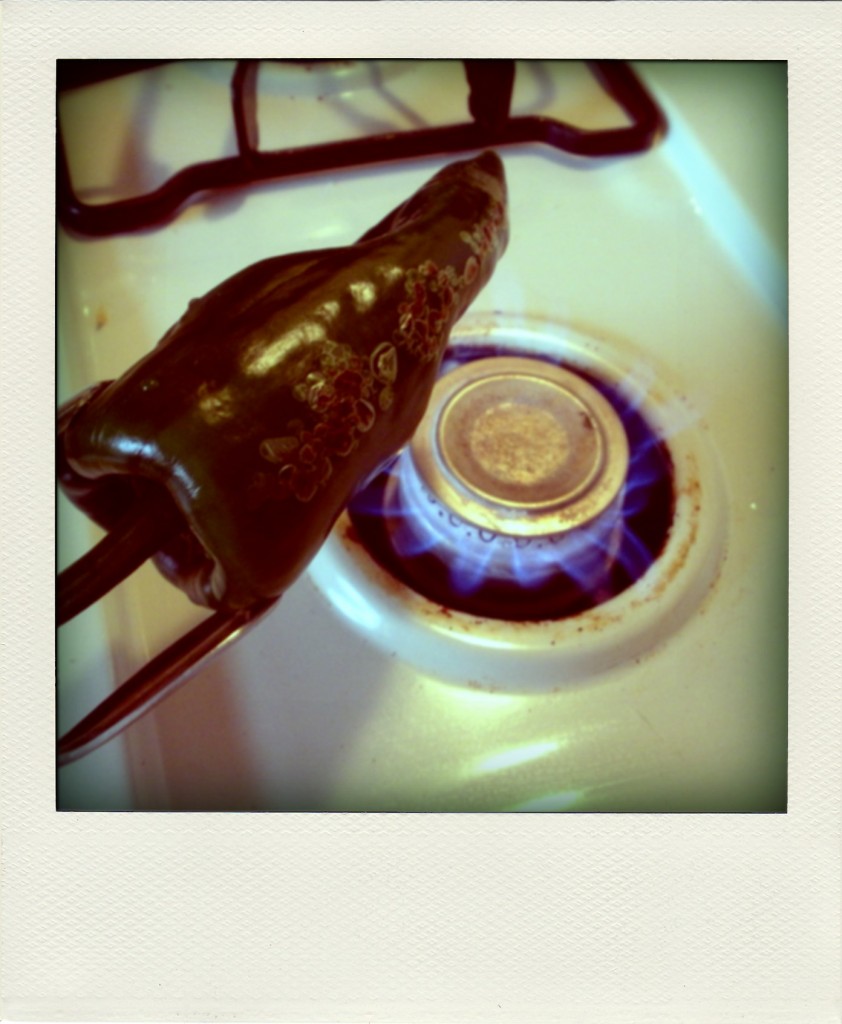 I tend to equate fancy with fussy. Galette sounds too damn fancy for me, like something that has to be tended to. I don’t know about you, but I like my treats to tend to ME, not the other way around. Not so. A galette is just a more impressive way of saying rustic, freeform tart and rustic, freeform tart is a nice way of saying “let’s all celebrate the wonkiness of this baked good together!” SO not fussy.
I tend to equate fancy with fussy. Galette sounds too damn fancy for me, like something that has to be tended to. I don’t know about you, but I like my treats to tend to ME, not the other way around. Not so. A galette is just a more impressive way of saying rustic, freeform tart and rustic, freeform tart is a nice way of saying “let’s all celebrate the wonkiness of this baked good together!” SO not fussy.
As maybe you remember, I’ve been raving about the wonders of the New York Public Library system recently. Thanks the the NYPL, I was also able to read Ratio, by Michael Ruhlman, after listening to everyone talk about it for a year. I was underwhelmed. The impression I got from the hype was that this book tried to make fussy cooking accessible to anyone who can do math (a category that I only sometimes fall into). I didn’t feel like much was being demystified. I wanted more “damn the man,” from Ruhlman.
It does, however, contain useful information. Nothing that can’t be googled, but useful nonetheless. Like 3-2-1 pie dough. 3-2-1 refers to the ratio of flour to fat to liquid, by volume. In a particularly cavalier moment, I decided to use this ratio to write a recipe for basic gluten-free tart dough. Not a big deal, you’d think, except I don’t own a kitchen scale. So I used this and this and did some math. When buttery, golden gluten-free tart dough is your reward, a little multiplication of fractions doesn’t seem all that bad.

Gluten-free Rosemary Pear Galette
I had some small seckle pears on hand, but any type would do as long as they’re not too ripe. As much as you can, try to slice them to uniform thickness.
1/4 cup tapioca starch
1/4 cup oat flour (make sure it’s from certified gluten-free oats)
1/2 cup millet flour
1/2 t xanthan gum
pinch salt
1/3 cup cold butter
2 T ice water
about 2 cups pears, sliced
2 T sugar
2 sprigs rosemary
1. Remove rosemary leaves from the sprig. Combine with pears and sugar in a large bowl. Set aside.
2. Stir together oat flour, millet flour, tapioca starch, xanthan gum, and salt.
3. Prepare a cup of ice water.
4. Cut the butter into chunks then incorporate it into the flour. If you don’t have a pastry cutter (I don’t!) just use a fork. You’re done when the butter is evenly blended and you have mostly small pea size chunks of flour/butter.
5. Using a tablespoon, gradually add cold water, just until the dough comes together. For me, 2 T was exactly enough.
6. Refrigerate the dough for 20-30 min. Preheat oven to 350 degrees.
7. Roll out the dough to somewhere between 1/4 and 1/8 inch thickness using your preferred method. I rolled it out between two sheets of floured wax paper.
8. Sprinkle cornmeal (if you have it) on a baking sheet and transfer the rolled out dough to the baking sheet.
9. Spoon the pear mixture into the center of the dough and gather the edges up around the fruit however works best. You could pinch it together or fold small sections over.
10. Bake at 350 degrees until golden, about 30 minutes.
{ 6 comments }
